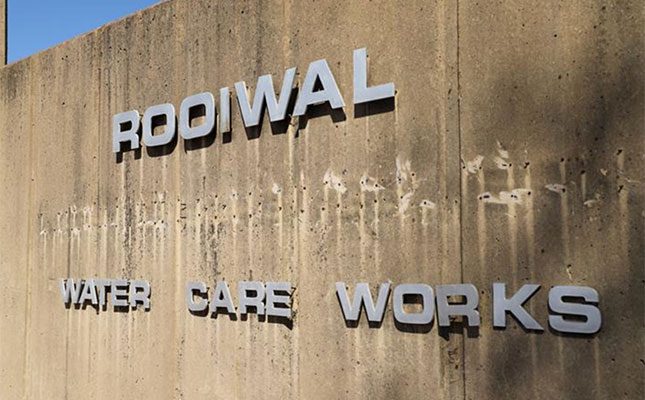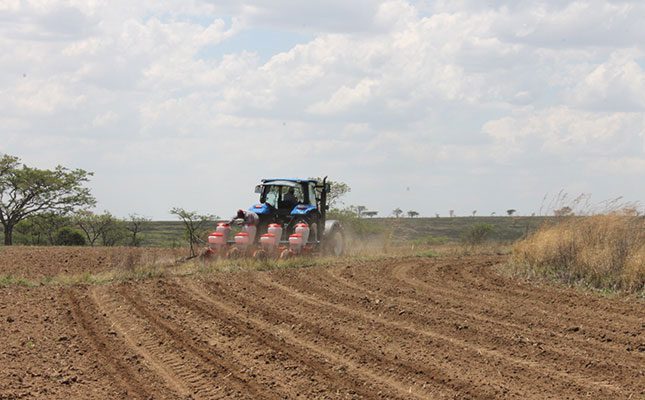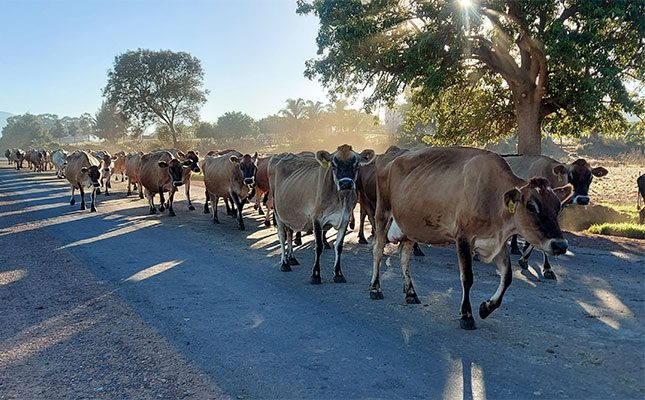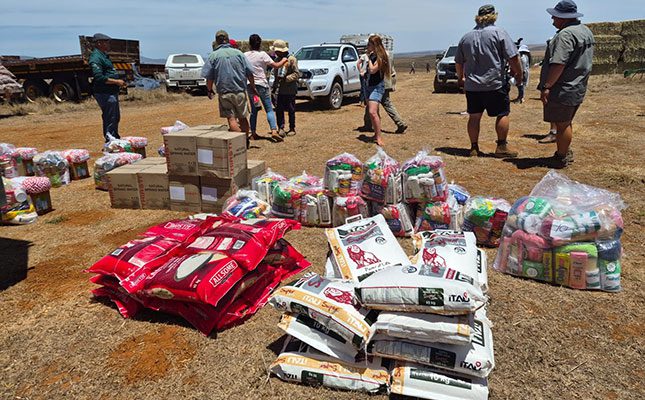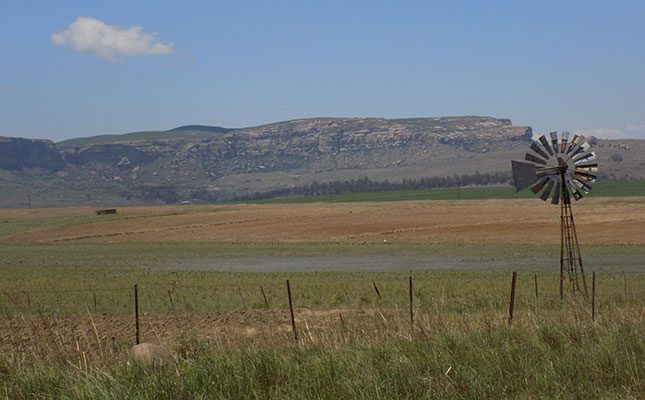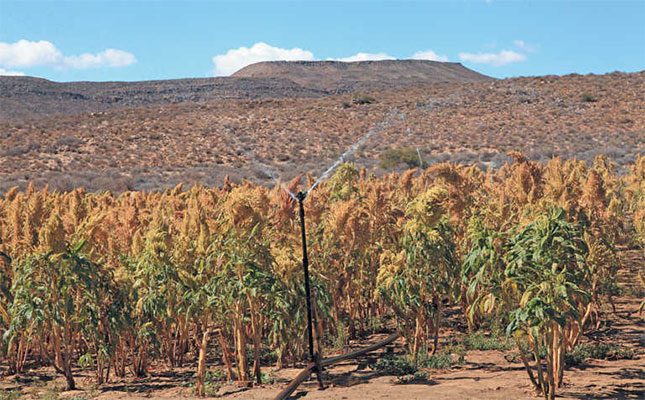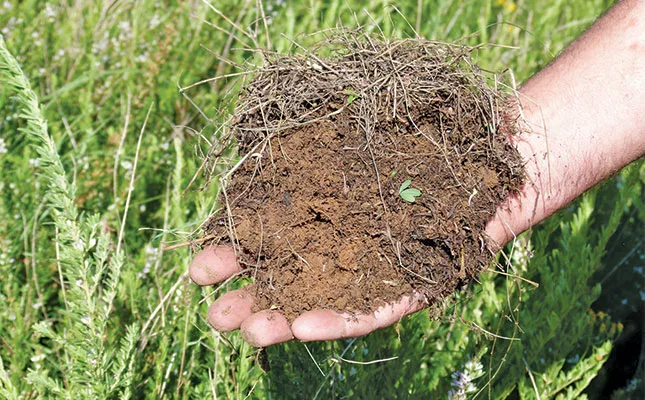
Photo: FW Archive
Speaking at Vinpro’s Practical Solutions for Today’s Farmer session at Nampo Cape in Bredasdorp, he urged producers to prioritise soil health as the foundation for long-term farm resilience and profitability.
No one-size-fits-all approach to regenerative farming
Diedericks stressed that every farm is a living system that changes over time.
“Interventions that work today may not be relevant in future. Farmers need to understand their farm’s context before making decisions,” he said.
READ Lessons from SA’s first regenerative verified wine farm
He added that all interventions have ripple effects and might have unintended consequences. For example, while no-till farming has substantially improved climate resilience in grain production, it has also led to more snail problems.
Farmers should be cautious of adopting a “one-size-fits-all” approach. “There’s no recipe you can copy from another farm or another country. Trial new ideas on small plots before rolling them out,” he said.
He also warned against blindly following international farming practices without considering South Africa’s unique soils and climate.
Soil health, he emphasised, starts with structure and chemistry before biology: “Adding microbes to unhealthy soil won’t work. If you fix the structure, beneficial organisms will return naturally.”
When it comes to the planting of cover crops between vine and tree rows, Diedericks recommended simplicity.
Farmers should try to at least include grains 2061and legumes in their mixtures, and ensure forage is available from the start to the end of the time that the animals are allowed to graze these areas.
Animals breeds incorporated should also suit the system. His clients, for instance, often avoid sheep due to theft concerns and use a mix of cattle breeds like Dexter, Ankole and Sussex.
READ Dexter cattle find their niche in regenerative farming systems
“Dexters are easy to manage but might not be the best option if you have olive trees as they eat olive leaves,” he noted.
Livestock numbers should match the feed available in the summer months, when shortages are common and the animals are taken out of the vineyards and orchards.
Feed supply can be supplemented by grazing cattle on fallow land, planting forage in poor soils, and using planting forage in areas that await replanting of trees or vines.
“Farm management decisions should focus on context and practicality, not buzzwords,” Diedericks concluded.

